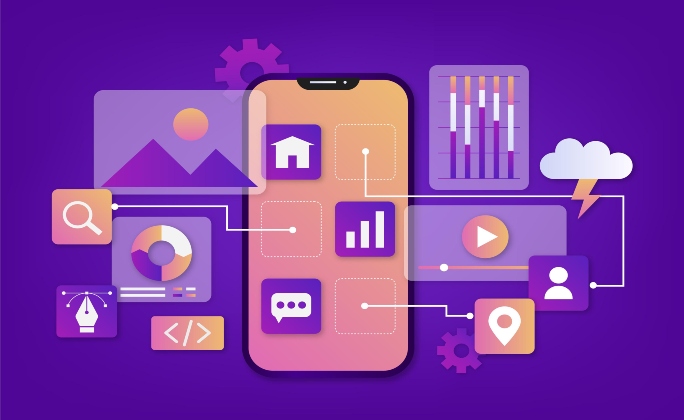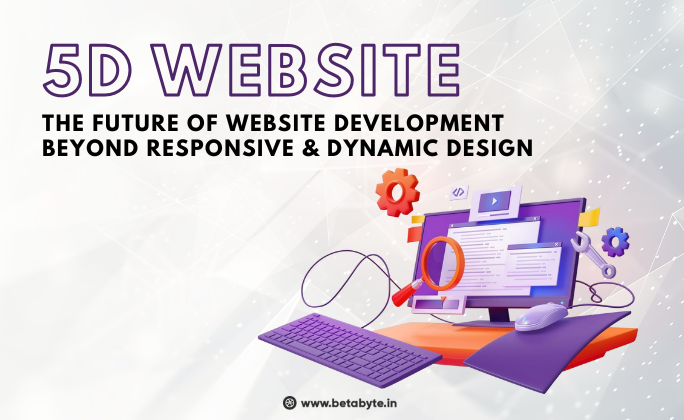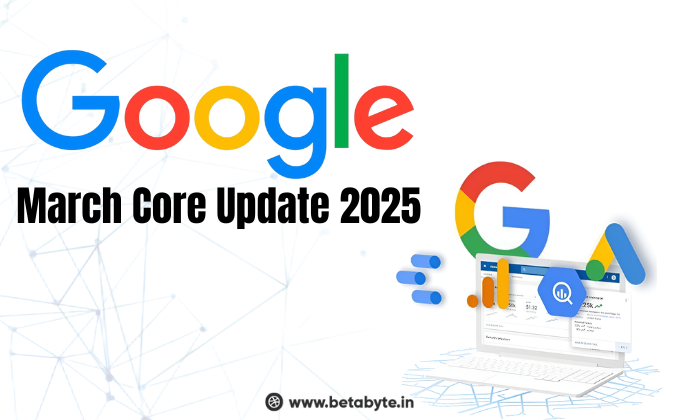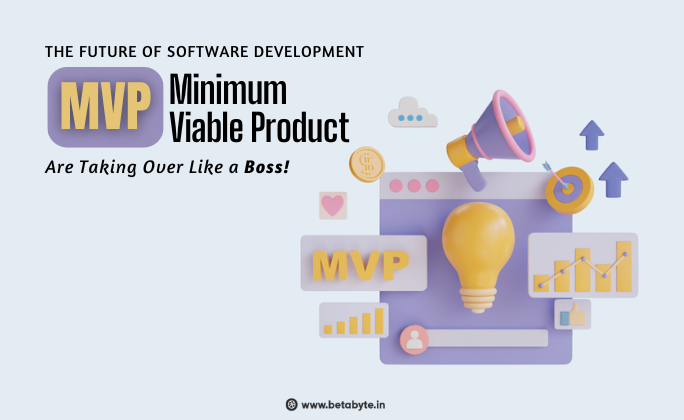Mobile App Development
Best Practices of Mobile App Development for Enhanced User Experience (UX)
 Published on
April 19, 2024
Published on
April 19, 2024

In today's tech-driven era, mobile applications play a central role in connecting businesses with their audience. With users expecting seamless experiences, the significance of delivering a top-notch User Experience (UX) cannot be overstated.
UX Design is About People
UX designers bear the responsibility of gaining a comprehensive understanding of user behavior. Without this insight, the product may fall short in meeting user needs and expectations. Achieving a successful UX design requires a profound grasp of user behavior, motivations, objectives, desires, and requirements, all in alignment with the app’s purpose.
Moreover, UX design is an ever-changing process that evolves with new technological advancements and user feedback. As technology progresses and feedback is received, the UX requirements for a mobile app will continue to adapt and refine, ensuring an optimal user experience.
In this blog, we will explore some key strategies and statistics that can help enhance user experience (UX) and drive success for your mobile app.
1. Understand Your Users:
Before diving into development, take the time to understand your target audience. Analyze their preferences, behaviors, and pain points. This insight will guide the design and functionality of your app, ensuring it aligns with user expectations.
2. Intuitive User Interface (UI):
Craft a clean and intuitive UI design. Simplify navigation, prioritize essential features, and maintain a consistent visual theme. A well-designed UI enhances usability, making it easier for users to interact with your app effortlessly.
3. Optimize Performance:
Users quickly abandon apps that are slow or prone to glitches. Optimize your app's performance by minimizing load times, compressing images, and regularly conducting thorough testing to identify and fix any bugs.
4. Personalization Matters:
Tailor the app experience to individual users whenever possible. Incorporate personalization features based on user behavior, preferences, or location. This not only enhances user engagement but also fosters a sense of connection with the app.
5. Responsive Design:
Ensure your app works seamlessly across various devices and screen sizes. A responsive design guarantees that users have a consistent and enjoyable experience regardless of the device they are using.
6. Efficient Onboarding Process:
Streamline the onboarding process to make it quick and user-friendly. Clearly communicate the value proposition of your app, and guide users through the initial setup to encourage retention.
7. Security First:
Prioritize the security of user data. Implement robust security measures to protect sensitive information, building trust and confidence among your users.
8. Seamless Navigation:
Map out an intuitive navigation flow within your app. Users should effortlessly move between sections, with logical placement of buttons and menus. Intuitive navigation contributes significantly to a positive user experience.
9. Offline Functionality:
Enhance user convenience by incorporating offline functionality. Users should be able to access certain features or content even when they are not connected to the internet. This is especially crucial for apps with content consumption.
Conclusion:
In the competitive realm of mobile app development, prioritizing user experience is the key to success. By incorporating these best practices into your development process, you can create an app that not only meets user expectations but surpasses them, fostering user loyalty and positive reviews. Remember, a delighted user is more likely to become a loyal advocate for your app. Craft your mobile app with the user in mind, and success will naturally follow. Happy developing!













